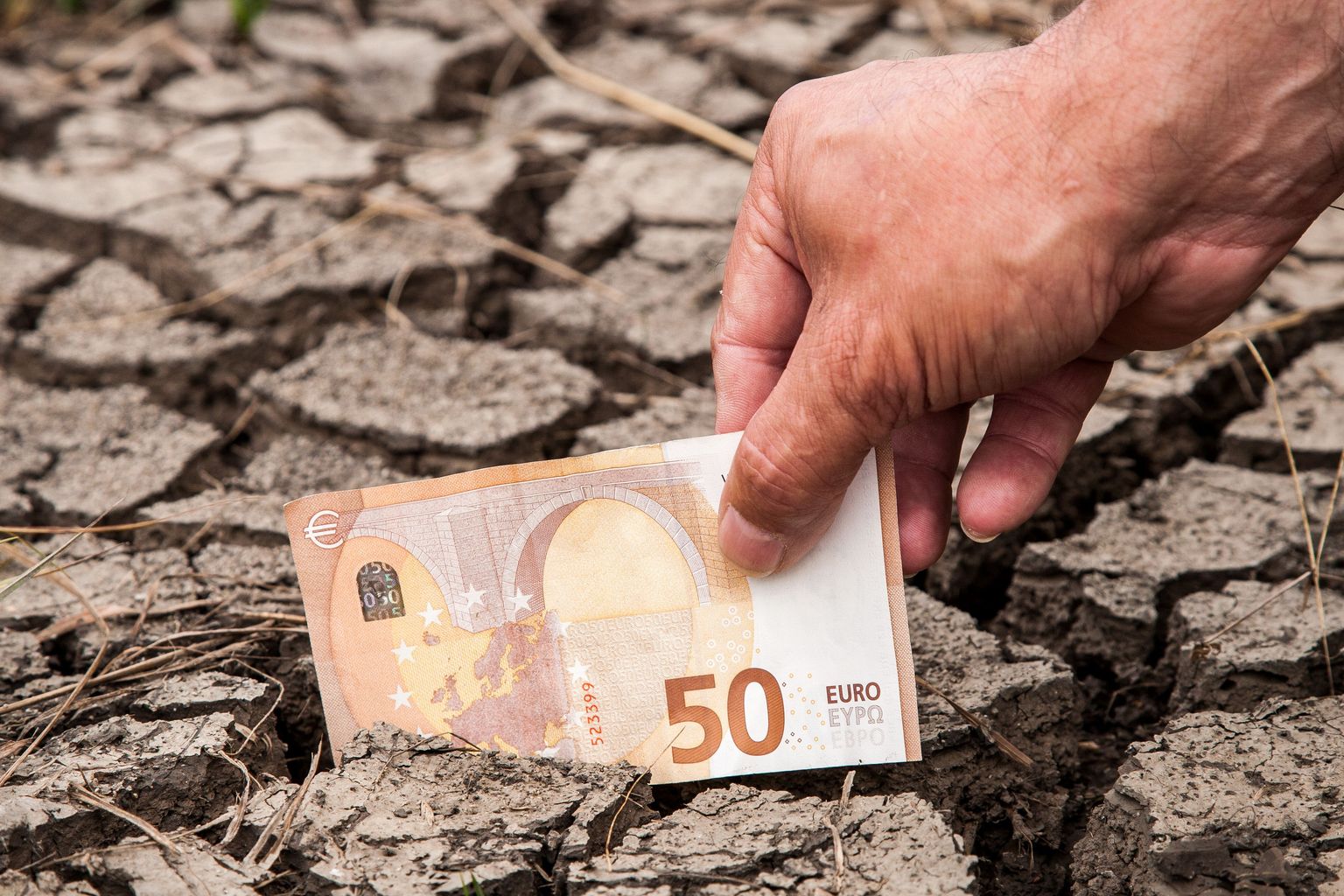- Paris Summit
The Paris Summit and the COP28 Global Stocktake: A major opportunity for Africa-Europe course correction on adaptation finance
- Raphaël Danglade

Africa is the most-climate vulnerable region in the world, experiencing over 150 droughts since 2000, despite having contributed the least to global carbon emissions. Yet, very limited climate investment reaches the continent, receiving only 3% of global flows.
At the same time, the global financial system is tilted against Africa with the cost of capital being much higher than elsewhere, despite average debt to GDP levels being lower than in Europe - severely impacting the continent’s ability to respond to persistent shocks.
Today’s challenge is thus to reform a system that dates back to the 1940s, ensure it is fair, agile and effective in the disbursement of funds, and bolster it through new sources of investment to match needs. Looking at the case of Special Drawing Rights (SDRs), allocations are based on country shares at the International Monetary Fund (IMF). In practical terms, Africa receives only 5% of the total, roughly US$33 billion, despite both need and growth prospects being far greater in African countries. Such imbalance in SDR allocations, based on history and status quo, explains today’s fervent calls for a global governance redesign.
“Africa receives only 5% of the total, roughly US$33 billion, despite both need and growth prospects being far greater in African countries. ”
The Paris Summit for a New Global Financing Pact and the COP28 Global Stocktake provide two ideal opportunities for major course correction. We need to keep elevating the bar for climate adaptation, set criteria, and redesign global climate and finance governance. Working together with a sense of urgency, Africa and Europe could supercharge the transformation needed to ensure our societies are equipped with the tools to adapt to the present and future challenges of a changing environment. This also means embedding monitoring mechanisms in all commitments to restore trust between the two continents and enhance actions pre-2030.
The next few months will be essential in laying out the likely contours of ‘landing zones’ for: 1) an agreement on the Global Goal on Adaptation (GGA) framework; 2) defining the New Collective Quantified Goal on Climate Finance (NCQG); 3) identifying ways to make the most of the Global Stocktake (GST); and 4) fleshing out ways to operationalize the Loss & Damage Fund.
“One thing is clear, resources must match ambition.”
One thing is clear, resources must match ambition. As such, it’s critical to prepare negotiations for the delivery of strong COP28 outcomes, keeping in mind that we shouldn’t talk only about adaptation finance, but also about adaptation investment. Therefore, Nationally Determined Contributions (NDCs) and National Adaptation Plans (NAPs) need to move beyond the drawing board and transform into attractive investment opportunities.
The gap between technical and political dialogues on adaptation and climate finance presents an opportunity for stronger Africa-Europe alliances, knowledge-sharing and capacity-building to generate more resilient landscapes and livelihood systems. At the Africa-Europe Foundation, we prioritize increasing trust between the two continents, building bridges for better dialogue, listening to priorities, and demonstrating an ability to deliver tangible outcomes on shared goals and aspirations.
With the Spring Meetings of the World Bank and IMF behind us, the Paris Summit now kicking off, and in view of the Annual Meetings and COP28, calls are growing for increased shares of finance to be channelled into climate action, and specifically adaptation.
“calls are growing for increased shares of finance to be channelled into climate action, and specifically adaptation. ”
The Paris Summit has the opportunity to meet past commitments, including the much delayed €100 billion for climate finance. Likewise, the call for doubling climate adaptation funds by 2025, compared to 2019, should be supported by a clear delivery plan, fitting well within the above-mentioned NQCG (2024-2025) and ensuring a better balance between finance for mitigation and adaptation. More broadly, the Summit has the opportunity to advance discussions on tangible steps to increase financial flows from international institutions and global climate funds by simplifying access and diversifying sources. Global climate funds should be included in the reform to deliver much more rapidly on their mandate, and to increase the flow of climate finance to Africa significantly.
Dialogues are needed to explore shared goals and build greater understanding between Africa and Europe, dispelling false assumptions and clearing the decks for an honest exchange of positions. As such, it is essential to ensure that both continents see the Paris Summit, the Africa Climate Summit, the UN Climate Ambition Summit and COP28 as opportunities to confirm Africa’s role in building a green future for the planet. As a continent, it can offer many climate-positive and sustainability solutions, investment opportunities for delivering adaptation, and a wide range of co-benefits at a local and global scale.